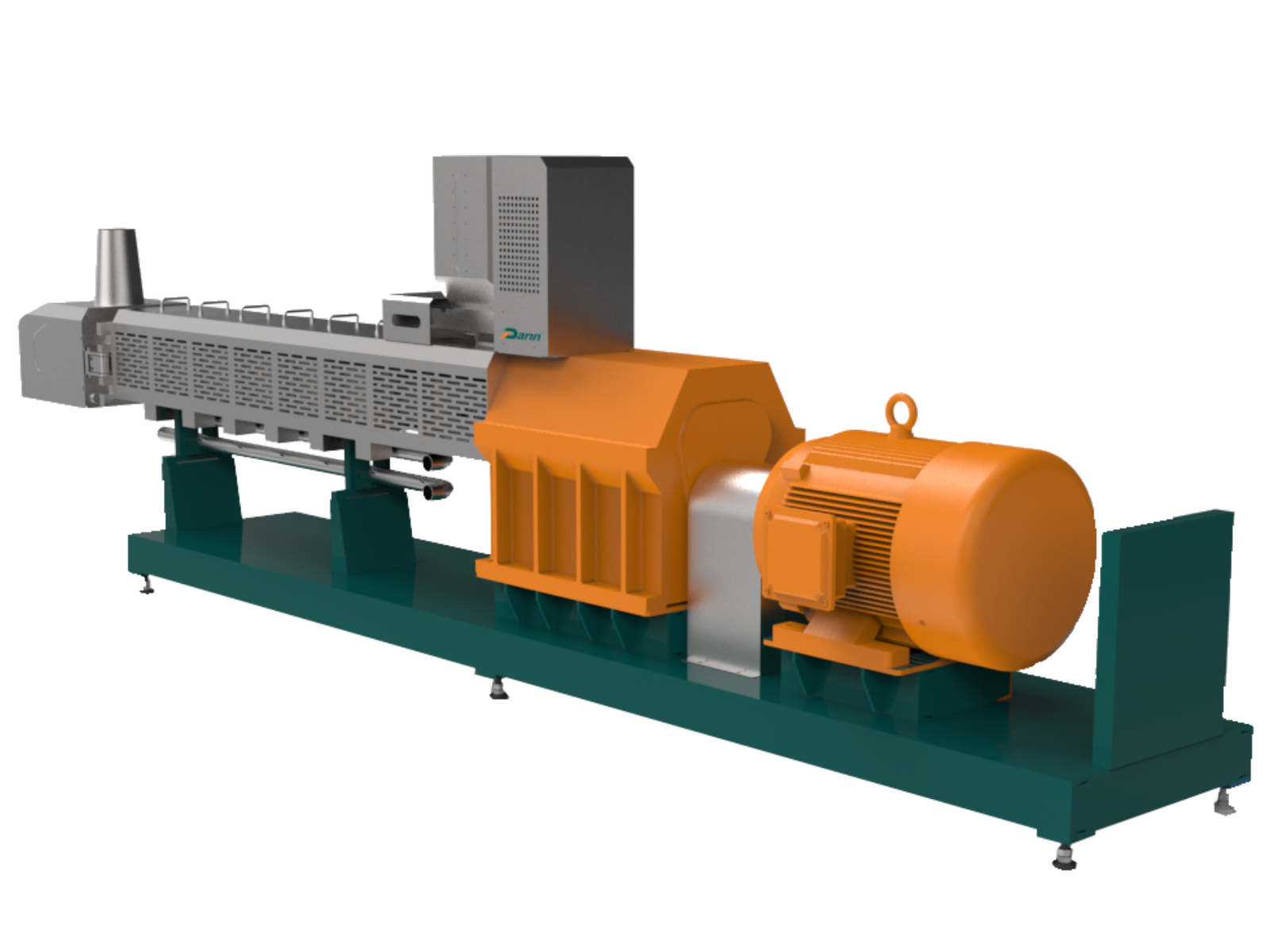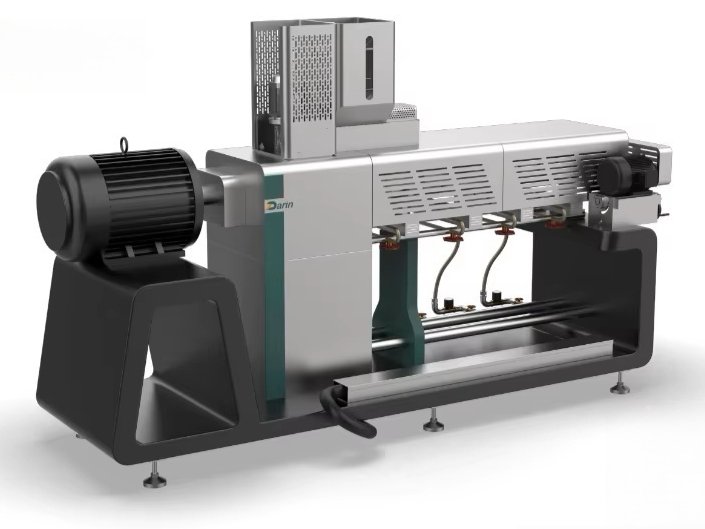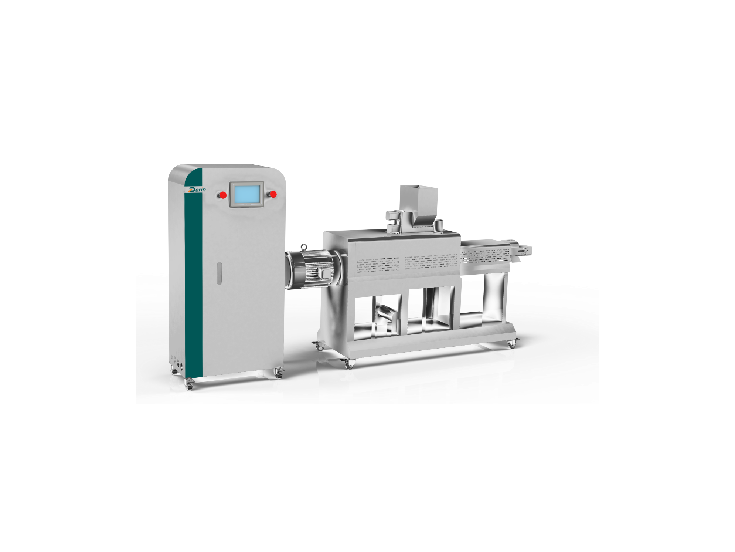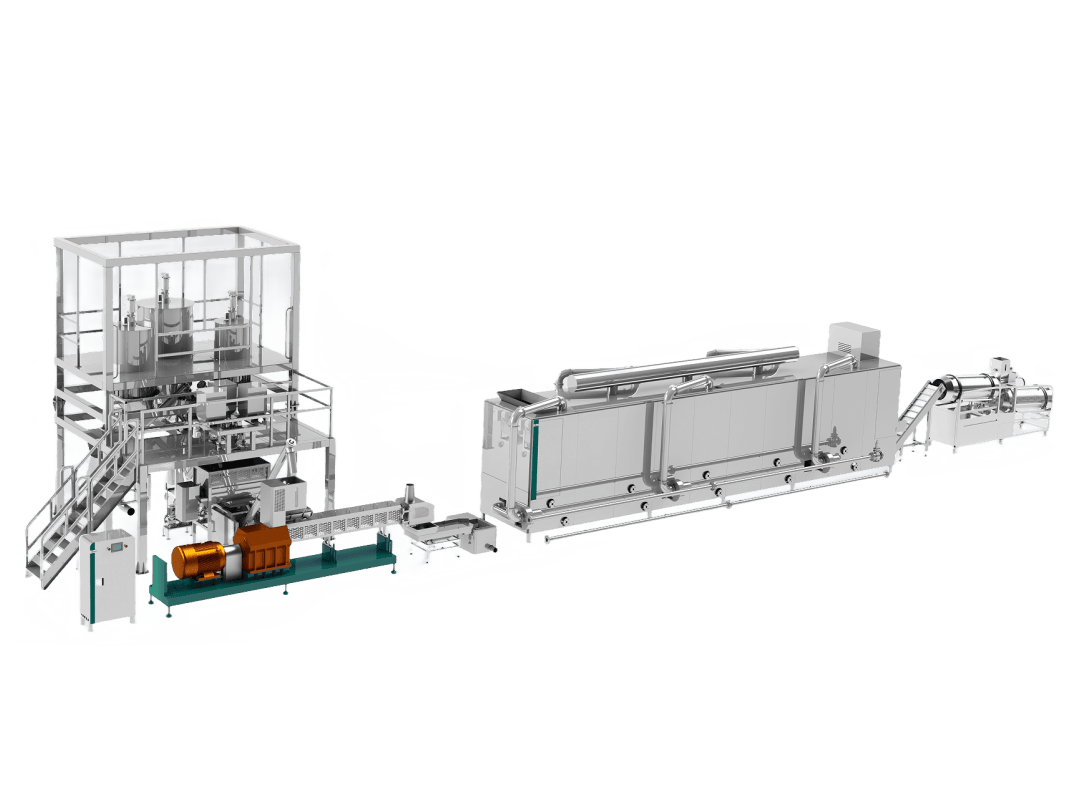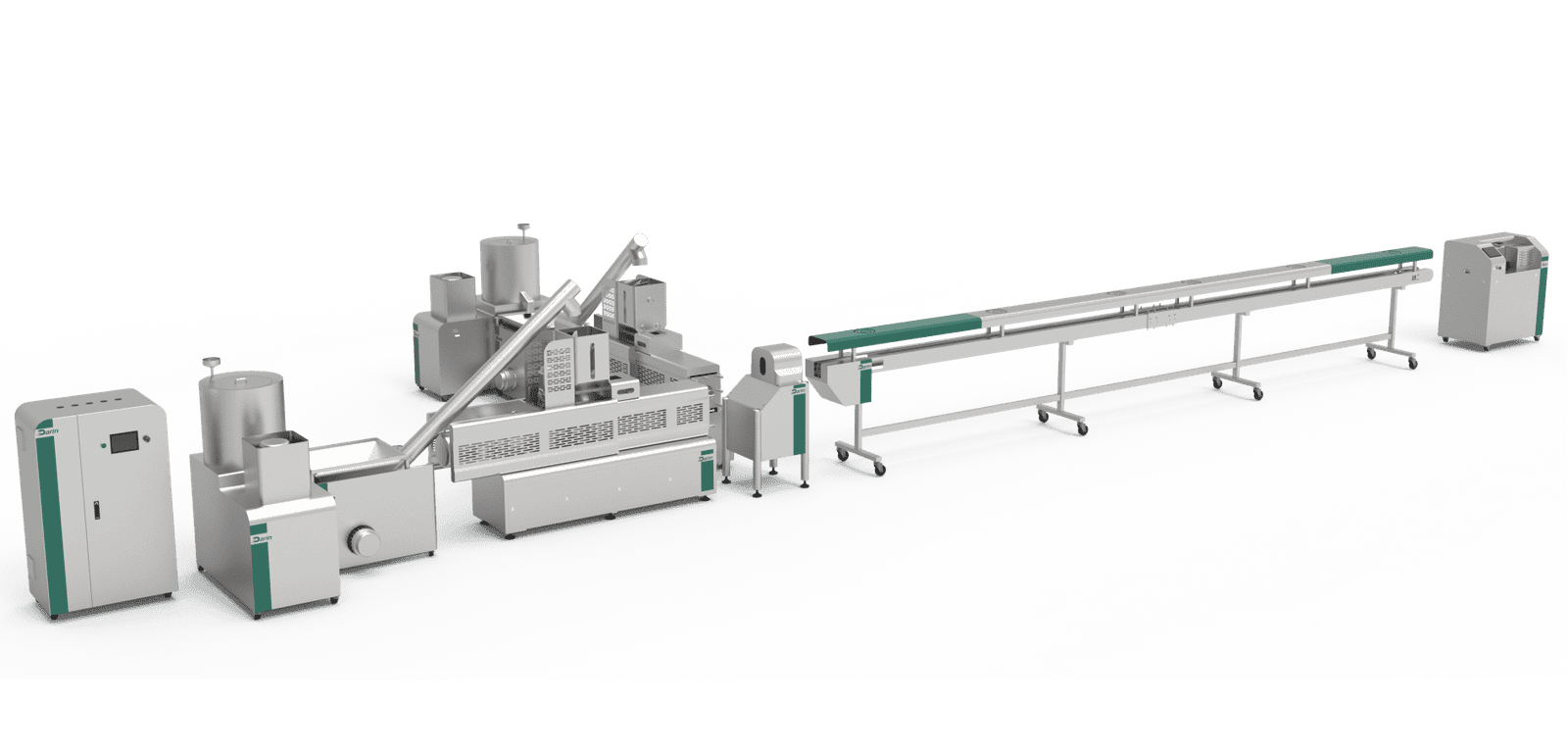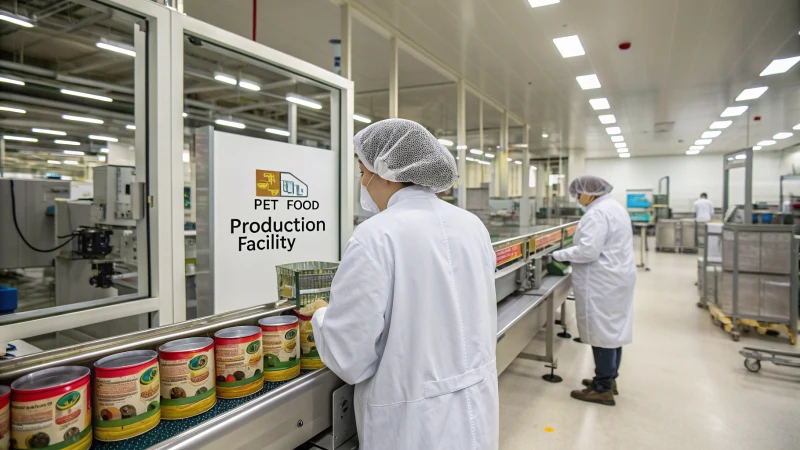
The Process Behind Canned Dog Food Production
Many pet owners want to provide their dogs with high-quality nutrition but may not fully understand how canned dog food is made. Poorly processed dog food can lead to digestive issues and nutritional deficiencies in pets. Knowing the manufacturing process helps ensure you select the best products for your furry friend.
Canned dog food is made through a precise process that includes ingredient selection, grinding, mixing, cooking, can filling, sealing, and sterilization to ensure food safety and long shelf life.
Understanding this process can help dog owners make informed decisions about their pet’s nutrition and recognize high-quality brands. Let's dive into the detailed steps of canned dog food production.
What Ingredients Are Used in Canned Dog Food?
Ingredient Sourcing and Quality Control
Before production begins, manufacturers source ingredients such as meats, vegetables, grains, vitamins, and minerals. Ingredients are inspected for quality, and any substandard materials are rejected.
Common Ingredients in Canned Dog Food:
| Ingredient Type | Common Examples | Purpose in Dog Food |
|---|---|---|
| Protein Sources | Chicken, Beef, Lamb, Fish | Provides essential amino acids for muscle growth and maintenance |
| Carbohydrates | Rice, Barley, Potatoes | Supplies energy and fiber for digestion |
| Fats and Oils | Chicken fat, Fish oil | Supports skin, coat, and brain function |
| Vitamins & Minerals | Vitamin E, Calcium, Zinc | Promotes overall health and immune function |
| Binding Agents | Gums, Gelatin | Maintains food texture and consistency |
Nutritional Formulation
Pet food manufacturers employ veterinary nutritionists to ensure that all ingredients meet the AAFCO (Association of American Feed Control Officials) guidelines for balanced nutrition.
How is Canned Dog Food Processed?
Step 1: Grinding and Mixing
- Raw meat and protein sources are finely ground to create a uniform consistency.
- Additional ingredients such as grains, vegetables, vitamins, and minerals are mixed into the formula.
- The mixture undergoes heat treatment to kill bacteria and enhance digestibility.
![Grinding and Mixing Process]
Alt: Industrial meat grinder processing dog food ingredients
Step 2: Cooking the Food
- The mixture is heated to specific temperatures to ensure proper cooking.
- Cooking times vary depending on the formula and ingredients used.
- Some high-protein formulas require pre-cooking to soften tougher meats.
Step 3: Filling the Cans
- Once cooked, the food is transferred into sterilized cans using an automated system.
- The cans are precisely filled to maintain accurate portion sizes.
- Air is removed to prevent bacterial contamination.
![Filling Process]
Alt: Automated machine filling dog food cans with cooked mixture
Step 4: Sealing and Sterilization
- Cans are sealed with airtight lids to preserve freshness.
- They are then placed in retort machines for sterilization using high-pressure steam.
- This step eliminates harmful pathogens and extends shelf life.
Step 5: Labeling and Packaging
- Once cooled, the cans are labeled with essential information, including ingredients, expiration dates, and feeding guidelines.
- Packaged cans are then stored in warehouses before distribution to retailers.
![Packaging Line]
Alt: Labeled cans of dog food moving down a conveyor belt for final inspection
How is Canned Dog Food Preserved?
Sterilization and Shelf Stability
Canned dog food does not require artificial preservatives because it undergoes high-temperature processing to kill bacteria and prevent spoilage. The sealed can prevents oxygen exposure, maintaining freshness.
Quality Control Checks
Before reaching store shelves, each batch is tested for:
✔ Nutritional compliance
✔ Bacterial contamination
✔ Proper texture and consistency
✔ Correct labeling and expiration dates
Canned dog food contains artificial preservatives to extend its shelf life.False
Canned dog food is preserved through high-temperature sterilization and airtight sealing, eliminating the need for artificial preservatives.
What Are the Benefits of Canned Dog Food?
Nutritional Advantages
Canned dog food often contains higher moisture content than dry kibble, which helps with hydration and digestion. Additionally, it tends to have fewer fillers and higher-quality meat ingredients.
Long Shelf Life
Properly canned dog food can last 2-5 years when stored in a cool, dry place. Once opened, it should be refrigerated and used within 3-5 days.
Better Palatability
Dogs often prefer the taste and texture of canned food due to its higher meat content and moisture levels. It is especially beneficial for picky eaters and senior dogs with dental issues.
Final Thoughts
Canned dog food is manufactured through a meticulous process to ensure nutritional value, safety, and palatability. From sourcing high-quality ingredients to sterilization and packaging, every step is carefully controlled to meet pet food standards. By understanding this process, dog owners can make informed choices and select the best food for their pets.
Need Help Choosing the Right Canned Dog Food?
Contact us for expert recommendations on premium-quality dog food that meets your pet’s specific dietary needs.
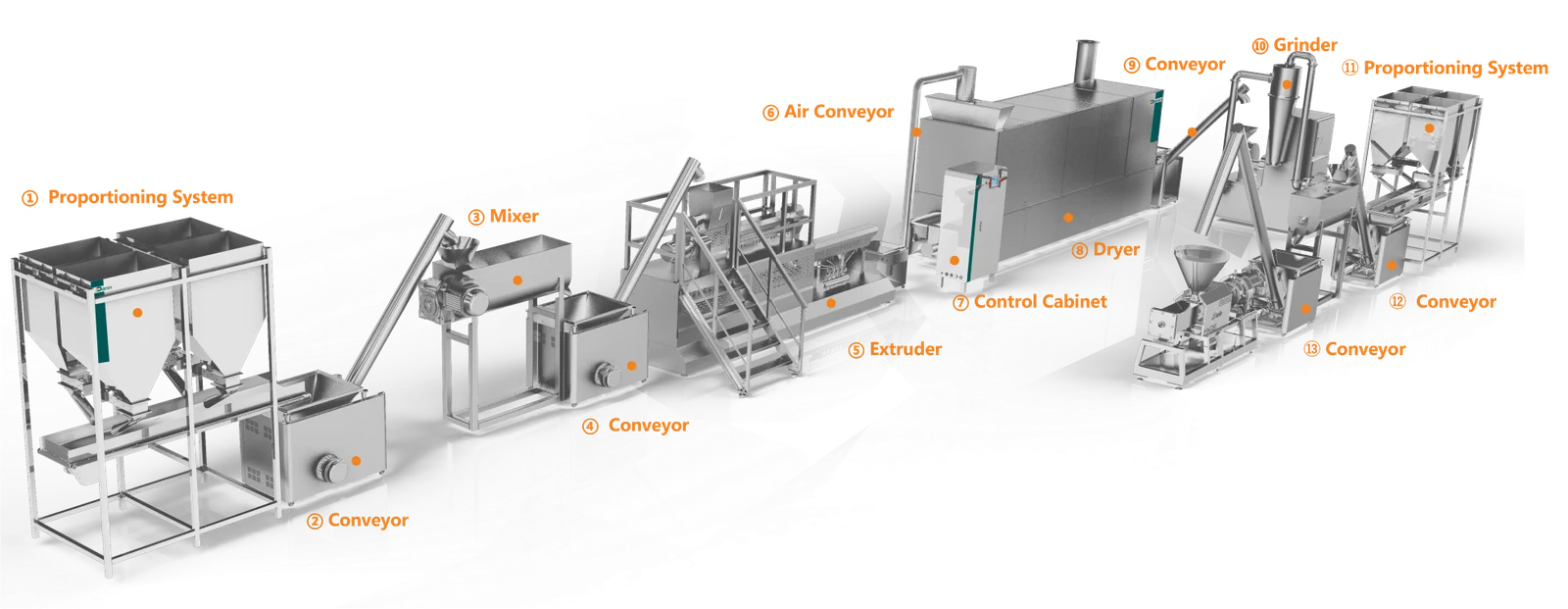
FAQs
How is canned dog food manufactured?
Canned dog food is made through a process that includes ingredient selection, grinding, mixing, cooking, canning, sealing, and sterilization. The ingredients—typically meat, grains, vitamins, and minerals—are cooked to ensure safety and digestibility before being packed into cans.
What ingredients are used in canned dog food?
Canned dog food typically contains meat (chicken, beef, fish, or lamb), organ meats, grains (rice, barley, or corn), vegetables, and added vitamins and minerals. Some high-end brands may use limited-ingredient or grain-free recipes.
How is canned dog food preserved?
Canned dog food is preserved using a sterilization process called retort cooking, which heats the sealed cans to high temperatures to kill bacteria and extend shelf life without artificial preservatives.
Is canned dog food cooked before packaging?
Yes, the ingredients are pre-cooked or partially cooked before being packed into cans. Once sealed, the cans go through high-heat sterilization to ensure they remain safe and shelf-stable.
Is canned dog food better than dry kibble?
Canned dog food offers higher moisture content, which helps with hydration, and often contains fewer preservatives than kibble. However, dry food is more convenient and cost-effective. Many pet owners use a combination of both.
References
- FDA Pet Food Regulations - https://www.fda.gov/animal-veterinary/resources-you/pet-food
- How Commercial Dog Food Is Made - https://www.petfoodindustry.com/
- Understanding Pet Food Processing - https://www.aafco.org/
- Wet Dog Food vs. Dry Dog Food - https://www.petmd.com/dog/nutrition/canned-vs-dry-dog-food
- The Science Behind Dog Food Manufacturing - https://www.avma.org/
- How to Choose High-Quality Dog Food - https://www.dogfoodadvisor.com/
- Pet Food Quality Control Standards - https://www.fda.gov/
- Canned Dog Food Processing Methods - https://www.petfoodprocessing.net/
- How to Read Dog Food Labels - https://www.aspca.org/
- Best Practices in Pet Food Safety - https://www.consumerreports.org/


